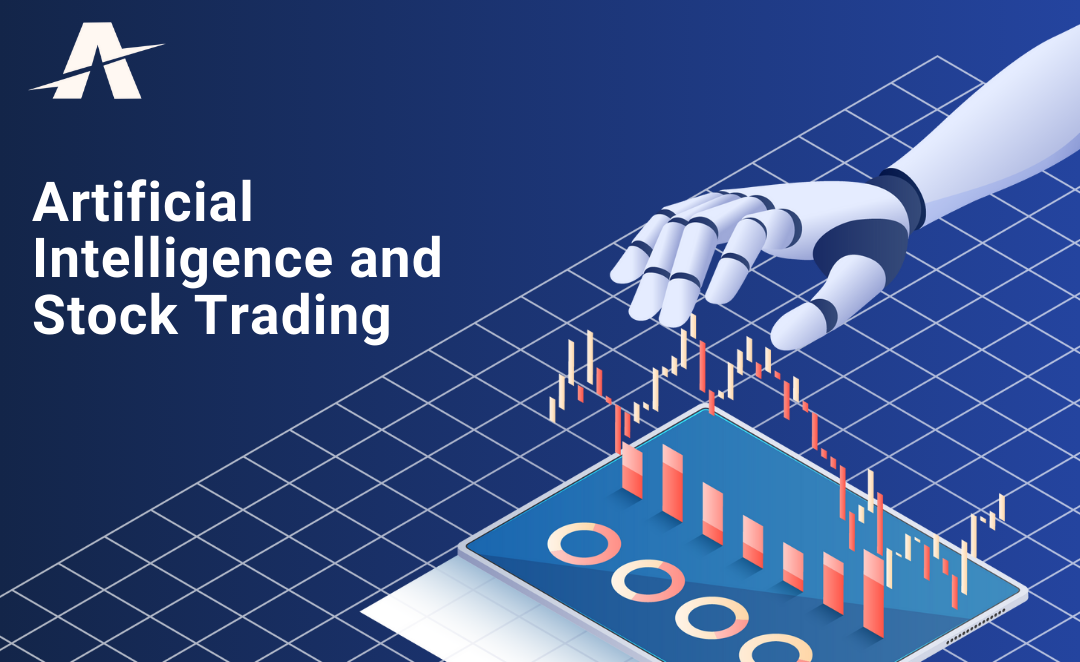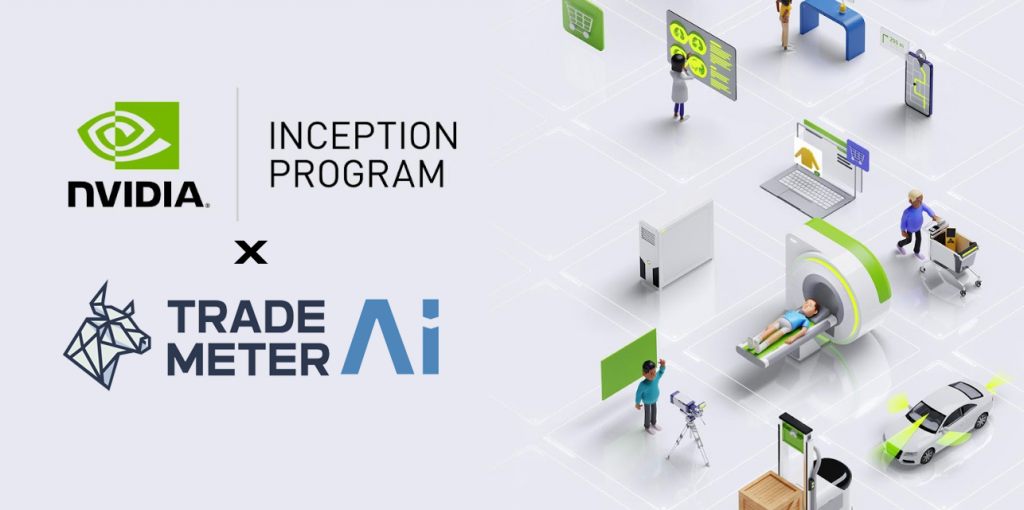20 Great Pieces Of Advice For Picking Best Ai Stocks
20 Great Pieces Of Advice For Picking Best Ai Stocks
Blog Article
Top 10 Tips To Profiting From Sentiment Analysis To Trade Ai Stocks, Ranging From Penny Stocks To copyright
It is crucial to employ sentiment analysis while trading AI stocks, especially for penny stocks and copyright markets where sentiment is a major factor. Here are 10 tips for using sentiment analysis effectively for these markets:
1. Sentiment Analysis What is it and why is it important?
Tips: Be aware that the sentiment can influence price movements in the short term especially in speculative markets like penny stocks and copyright.
Why: The public's sentiment is usually a key indicator of price movement and is therefore a reliable signal to invest.
2. Make use of AI to analyze a variety of Data Sources
Tip: Incorporate diverse data sources, including:
News headlines
Social media (Twitter Reddit Telegram etc.
Blogs & forums
Earnings calls Press releases, earnings announcements
Why is this? Broad coverage provides an overall view of the overall mood.
3. Monitor Social Media in Real Time
Tips: You can monitor trending conversations using AI tools, like Sentiment.io.
For copyright: Focus primarily on the influencers.
For Penny Stocks: Monitor niche forums like r/pennystocks.
The reason Real-time Tracking is a great tool to make the most of emerging trends
4. Concentrate on Sentiment Analysis
Take note of parameters such as
Sentiment Score: Aggregates positive vs. negative mentions.
Volume of Mentions Tracks buzz about an asset.
Emotion analysis: evaluates the intensity, fear or uncertainty.
What is the reason? These indicators can provide valuable insights into the market's psychology.
5. Detect Market Turning Points
Utilize sentiment data to find extremes of both either negative or positive sentiment (market tops and lows).
Why: Contrarian strategies often prosper at extremes in sentiment.
6. Combining Sentiment and Technical Indicators
Tips: Check for sentiment using standard indicators, such as RSI, MACD or Bollinger Bands.
Why: Using sentiment alone may lead to false indicators; the technical analyses offer additional context.
7. Integration of Sentiment Information with Automated Systems
Tips Use AI trading bots that have sentiment scores that are integrated in their decision algorithms.
Automated responses to markets that are volatile permit rapid changes in sentiment to be detected.
8. Account for Modulation of Sentiment
Attention: Pump-and-dump and fake-news schemes are particularly dangerous in penny stocks and copyright.
How: Use AI software to detect anomalies.
Why: Identifying manipulation protects you from false signals.
9. Backtest Sentiment Based Strategies
Examine the effect of past market conditions on trading driven by sentiment.
Why: By doing so, you can ensure that sentiment analysis is crucial to your trading strategy.
10. Track the Sentiment of Influencers and Key Influencers.
Make use of AI to keep track of key market influencers such as analysts, traders and copyright developers.
For copyright For copyright: Focus on tweets, posts and other posts from Elon Musk (or other pioneers of blockchain).
Keep an eye out for comments from activists and analysts about penny stocks.
Why: The opinions of influencers can have a major impact on the market's sentiment.
Bonus: Combine Sentiment Data with Fundamentals and On-Chain Data
TIP: Combine the sentiment of penny stocks (like earnings reports) as well as on-chain data to track copyright (like wallet movement).
Why? Combining data types gives an overall view and less reliance is placed on sentiment.
If you follow these suggestions to implement these tips, you can leverage sentiment analysis in your AI trading strategies for penny stocks as well as cryptocurrencies. Follow the most popular ai investing platform info for site tips including ai stock, ai investing app, best ai for stock trading, ai stock prediction, ai copyright trading, stocks ai, ai trading platform, ai day trading, best ai stocks, ai investing and more. 
Top 10 Tips For Leveraging Ai Stock Pickers, Predictions, And Investments
It is crucial to utilize backtesting effectively in order to optimize AI stock pickers, as well as improve predictions and investment strategy. Backtesting is a way to see the way an AI strategy has been performing in the past, and gain insight into its effectiveness. Here are ten top tips for backtesting AI stock analysts.
1. Utilize data from the past that is that are of excellent quality
Tip: Ensure that the backtesting software uses exact and complete historical data. This includes prices for stocks and trading volumes as well dividends, earnings reports and macroeconomic indicators.
The reason is that high-quality data will ensure that results of backtesting reflect real market conditions. Incorrect or incomplete data could cause backtest results to be incorrect, which can affect the reliability of your plan.
2. Integrate Realistic Trading Costs and Slippage
Backtesting can be used to simulate real trading costs like commissions, transaction fees as well as slippages and market effects.
Why? Failing to take slippage into consideration can cause your AI model to underestimate the potential return. By including these factors the results of your backtesting will be closer to the real-world situations.
3. Test Different Market Conditions
Tips: Test your AI stock picker in a variety of market conditions including bull markets, times of high volatility, financial crises or market corrections.
What's the reason? AI algorithms may perform differently under different market conditions. Tests in different conditions help ensure your strategy is scalable and reliable.
4. Utilize Walk-Forward Testing
Tips: Walk-forward testing is testing a model with a rolling window of historical data. Then, test its performance by using data that isn't part of the sample.
Why? Walk-forward testing allows users to test the predictive capabilities of AI algorithms based on data that is not observed. This provides an effective method to assess the real-world performance compared with static backtesting.
5. Ensure Proper Overfitting Prevention
Tips: Beware of overfitting your model by testing with different time periods and ensuring that it doesn't pick up noise or other irregularities in historical data.
Overfitting occurs when a system is not sufficiently tailored to the past data. It's less effective to predict market trends in the future. A well-balanced, multi-market-based model must be generalizable.
6. Optimize Parameters During Backtesting
Utilize backtesting to refine key parameters.
The reason optimizing these parameters could enhance the AI model's performance. As we've mentioned before, it's crucial to ensure that the optimization does not result in an overfitting.
7. Drawdown Analysis & Risk Management Incorporated
Tips: When testing your plan, make sure to include methods for managing risk such as stop-losses and risk-toreward ratios.
How do you know? Effective risk management is crucial to long-term profitability. Through simulating risk management within your AI models, you'll be in a position to spot potential vulnerabilities. This lets you alter the strategy and get greater results.
8. Determine key Metrics that are beyond Returns
You should be focusing on other indicators than simple returns such as Sharpe ratios, maximum drawdowns, winning/loss rates, as well as volatility.
Why: These metrics give you a clearer picture of the risk adjusted returns from your AI. When you only rely on returns, it's possible to overlook periods of volatility or high risk.
9. Explore different asset classes and develop a strategy
Tip: Test the AI model using different asset classes (e.g. ETFs, stocks and copyright) in addition to various investment strategies (e.g. momentum, mean-reversion or value investing).
Why: Diversifying backtests across different asset classes enables you to evaluate the adaptability of your AI model. This ensures that it will be able to function across a range of different investment types and markets. It also helps the AI model work well with risky investments like copyright.
10. Always update and refine your backtesting strategy regularly.
TIP: Always update the backtesting model with new market information. This will ensure that the model is constantly updated to reflect the market's conditions as well as AI models.
Why? Because the market is always changing, so should your backtesting. Regular updates keep your AI model up-to-date and ensure that you get the best outcomes from your backtest.
Bonus Monte Carlo simulations could be used for risk assessment
Make use of Monte Carlo to simulate a number of different outcomes. This can be done by running multiple simulations based on different input scenarios.
What's the point? Monte Carlo simulations help assess the probabilities of various outcomes, providing an understanding of risk, especially in volatile markets like cryptocurrencies.
These tips will help you optimize and evaluate your AI stock selector by leveraging tools to backtest. Backtesting is an excellent method to ensure that the AI-driven strategy is reliable and flexible, allowing you to make better decisions in highly volatile and changing markets. Take a look at the top ai stock analysis recommendations for blog tips including ai predictor, ai penny stocks, free ai tool for stock market india, best stock analysis app, penny ai stocks, investment ai, best copyright prediction site, free ai tool for stock market india, using ai to trade stocks, ai for investing and more.